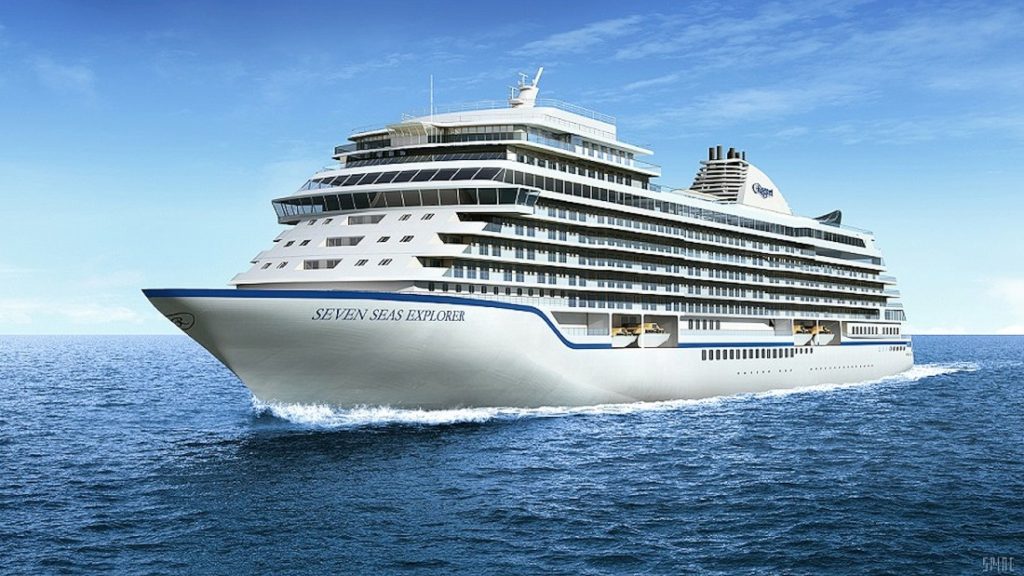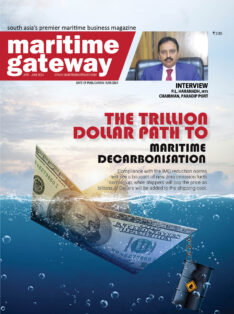[vc_row][vc_column][vc_column_text]The shipping ministry has asked the GST Council to exempt cruise tourism under the new indirect tax regime, in line with major cruising nations. At present, cruise tourism is not taxed and the shipping ministry wants to keep it out of the GST regime in order to boost the industry.
To make India a global hot spot for cruise tourism, a policy is likely this month as steps are underway to expand number of cruise vessels to 700 from about 70 at present. “Major cruising nations like UK, USA and Germany have zero rate domestic cruises. India should also have zero rating for cruise tourism as it is in nascent stage in the country and such steps will provide it a much needed boost,” Ministry of Shipping said in a proposal sent to the GST Council.
It also mentions that transportation of passengers (with or without belongings) by inland waterways is not a taxable service under the Finance Act, 1994 and the same rule should be applied to “cruise ships” operating domestically or internationally.
The ministry has argued that cruise tourism industry is highly labour intensive, and given its strong backward linkages, it will impact the economy positively. The recommendations were based on the ministry’s consultations with trade and industry.
To promote cruise tourism, an action plan is also on the anvil that will include key steps to bring it on par with international standards. A slew of measures are already been taken to boost infrastructure that include building cruise terminals at five major ports — Mumbai, Goa, New Mangalore, Chennai and Cochin.
India, with a 7,500 km of coastline, has taken some key steps to promote cruise tourism that includes relaxation of policies and roping in global consultants. The idea is to put India on the global cruise map — both for oceans and rivers — which is seen to create about 2.5 lakh jobs and boost growth.
India witnessed 1.76 lakh cruise passengers in 2016-17, a merely 0.5 per cent of the global count. Domestic cruise passengers are estimated to grow to 1.5 million by 2031-32. Of the 12 major ports, only five — Mumbai, Goa, Cochin, New Mangalore and Chennai — have facilities to berth international cruise ships.
Modern cruise terminals being developed at major ports will include hospitality, retail, shopping and restaurants, while about 200 minor ports will develop jetties for such cruise vessels.
Recently, the Mumbai Port Trust, which has a dedicated berth for cruise tourism, hosted its largest passenger ship Genting Dream with 1,900 passengers. Against 40 ships a year, 59 cruise ships confirmed their visit to the Mumbai Port during the current fiscal.
A Ministry official said a cruise ship carries 3,000- 4,000 tourists with 1,500-strong crew to various coastal cities, islands, countries, and itself acts like a destination with all entertainment, leisure activities on board.
To promote the sector, the government has allowed cruise ships to stay for 3 days, up from the earlier 24 hours, and rules have been simplified to attract more vessels. Easier standard operating procedure (SOP) for cruise operations, involving multiple agencies, has already been issued.
Among other measures, the government has allowed foreign flag vessels carrying passengers to call at Indian ports without securing a licence from the director general of shipping till February 5, 2024.
Also, major ports will offer a minimum of 30 per cent rebate across the board on all vessel related charges for cruise shipping and not levy any priority fee.
Incentives to push cruise liners to make major ports as home ports include a rebate of 25 per cent in vessel charges, in addition to the existing 40 per cent discount for coastal vessels[/vc_column_text][/vc_column][/vc_row]








